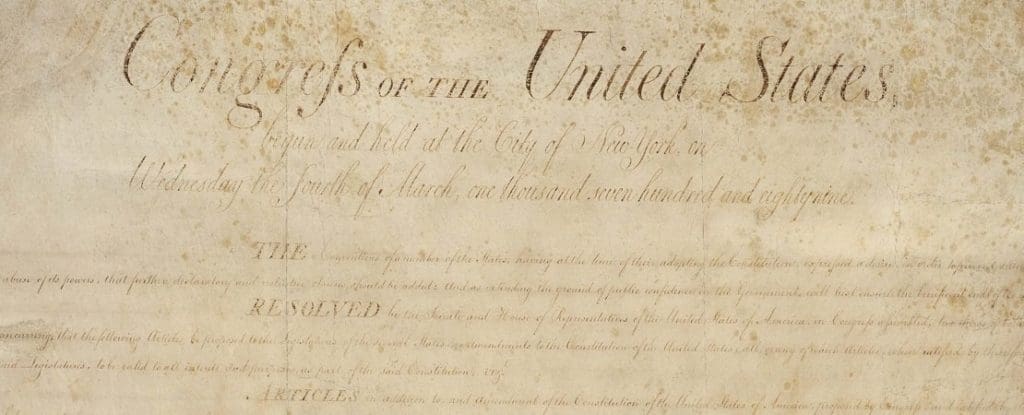
Tomorrow is Bill of Rights Day, which commemorates the ratification of the first 10 amendments to the U.S. Constitution. The Bill of Rights became law 227 years ago on December 15, 1791. The amendments protect our most fundamental rights — freedom of speech and protest, and equal protection under the law.
But they did not apply to all Americans — and wouldn’t for more than 130 years. At the time of its ratification, the “people” referenced in the amendments were understood to be land-owning white men only. At that time, Native Americans were entirely outside the constitutional system, defined as an alien people in their own land. They were governed not by ordinary American laws, but by federal treaties and statutes that stripped tribes of most of their land and much of their autonomy.
The Bill of Rights was in force for nearly 135 years before Congress granted Native Americans U.S. citizenship. And it would take a century more before these rights were enforced effectively.
Many people are not aware that federal constitutional constraints on governmental action set forth in the Bill of Rights and the Fourteenth Amendment do not apply to, or constrain, tribal government. The Indian Civil Rights Act (ICRA), enacted by Congress as Title II of the 1968 Civil Rights Act, is the primary source for individual rights and tribal government action.
Portions of the ICRA that mirror the Bill of Rights are popularly called the “Indian Bill of Rights.” The Indian Bill of Rights extends most of the constitutional protections of the Bill of Rights to individuals under the jurisdiction of Indian tribal governments. To preserve certain aspects of tribal government and sovereignty, some portions of the Bill of Rights were modified or left out.
Where is the next NICOA conference going to be held?
What date?
The next NICOA conference will be in early September 2020. The location has not yet been decided. We’ll post to the blog when we know for sure.